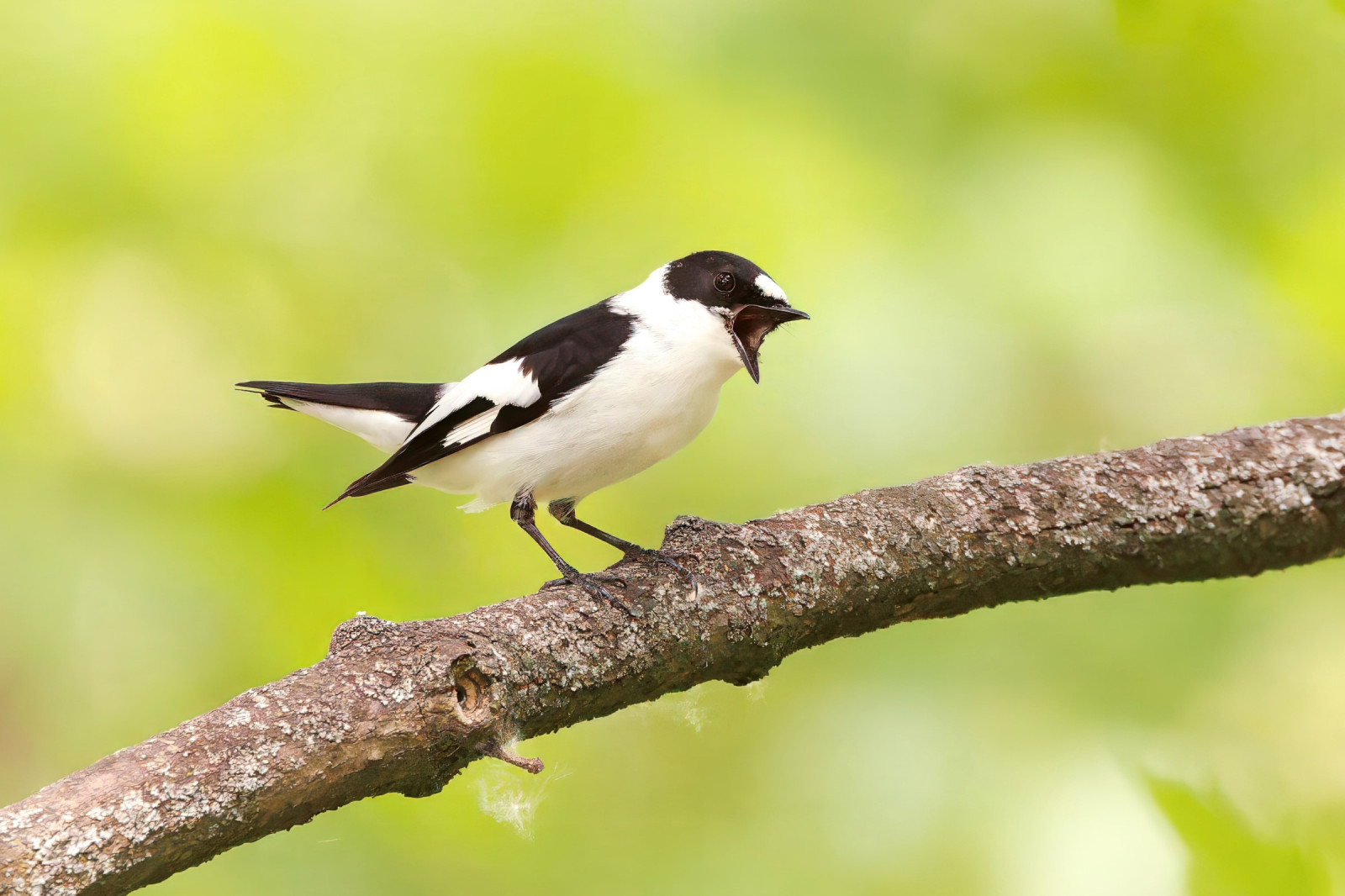Charger images
Les formats d'image autorisés sont de type jpeg, png ou gif
La taille maximale du fichier doit être de 20MB


Mixed-type of forest with trees that are more than 100 years old. Dominated by Fagus sylvatica and Abies alba. Great biodiversity of animals and plants.
Patria nad Odrzechową is a Site of Community Importance (SCI). The forest is a composition of 2 main biotopes: Carpathian rich beech forest and Carpathian fir forest. In between there are some partially oak-dominated areas. Borders are dominated by other species, different from each side: pine, willow or larch (fenced forest culture).
Beech- and fir-dominated parts are home/nesting areas to charismatic species of predatory birds, like Chouette de l'Oural, Aigle pomarin, both characteristic for this region and more common species: Épervier d'Europe and Buse variable. Other noteworthy species: Gélinotte des bois, Pigeon colombin, Pic à dos blanc, Gobemouche nain, Gobemouche à collier (quite large numbers of the last one - great place to learn its song by-ear).
At borders there can be large concentrations of passerines. Also, in the larch-part of the borders there can be found some Tourterelle des bois.
Other, rather common species: Coucou gris, Hibou moyen-duc, Torcol fourmilier, Pic mar, Pic épeiche, Pic épeichette, Pic cendré, Pic vert, Pic noir, Loriot d'Europe, Grand Corbeau, Mésange noire, Mésange nonnette, Mésange boréale, Hypolaïs ictérine, Pouillot siffleur, Pouillot fitis, Pouillot véloce, Mésange à longue queue, Fauvette à tête noire, Fauvette babillarde, Roitelet huppé, Roitelet triple-bandeau, Sittelle torchepot, Grimpereau des bois, Grive draine, Grive musicienne, Pipit des arbres, Gros-bec casse-noyaux and Bruant jaune.
Patria nad Odrzechową is accessible by foot from many sides: Odrzechowa-Pielnia-Długie-Zarszyn villages field-roads, close to the forest. Public transport to these villages is limited to buses from Sanok and Krosno. There are no parking spaces - best to leave any larger vehicles at sides of a road (leave enough space for tractors and other large vehicles to pass-by) or inside villages (easier option). Best to explore by foot - most wildlife sightings, silence, minimal risk of getting stuck. The terrain is quite difficult for bikes or other vehicles. Overuse of vehicles (lumberjacks and off-roaders mostly) regularly causes all paths to become muddy and hard to pass. Rain boots advised for most of the year.
Most birds here are very active singers - there isn't really a need to stimulate them if they are somewhere around. Please, avoid doing so. If you want to find most of the singing birds, try to be there as early, as possible (morning hours). Birds of prey are mostly visible outside of the forest. Owls tend to show up mostly in the afternoon/evening hours.
Best to go along with roads/paths, especially main ones, but you're free to explore.
Hazards: ticks, deep mud, steep muddy/covered by leaves banks of creeks. Keep in mind the presence of large animals (deer, boars, wolves) and other people (off-road enthusiasts, lumberjacks, foresters, hunters, mushroom pickers, etc.)!!!
Votre feedback sera transmis à l’auteur.rice de cette zone et à l’équipe éditoriale de Birdingplaces, qui l’utiliseront pour améliorer la qualité des informations. (Vous souhaitez publier un commentaire visible en bas de page ? Fermez cette fenêtre et choisissez l’Option 1 : « Publier un commentaire, un conseil ou une observation ».)
Veuillez fournir des suggestions d'améliorations ou d'ajouts au texte de ce site ornithologique.
Veuillez fournir vos suggestions d'améliorations ou d'ajouts à la carte.
Veuillez fournir des suggestions d'améliorations ou d'ajouts à la liste des oiseaux.
Cliquez sur l'icône de l'oiseau () Insérez les noms d'oiseau dans votre langue. Ils seront automatiquement traduits pour les autres usagers !